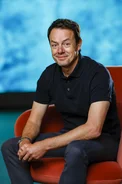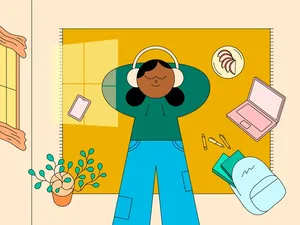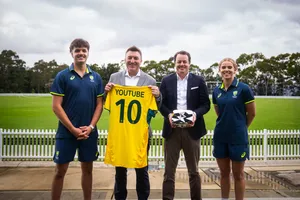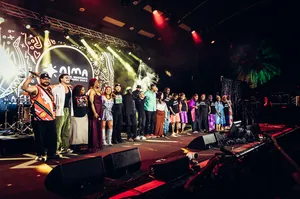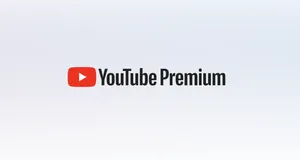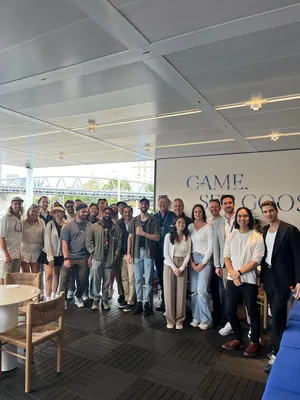Technology gives Australian creatives a global stage
Trade and technology have brought the world closer together. They enable content and artistic expression to be freely shared, help connect people and provide a way into new ideas, cultures and perspectives.
Australians are no longer limited by geographical, historical or linguistic boundaries but enjoy direct, on-demand access to a huge diversity of cultural content. Changes in availability and consumption has seen K-pop move from the niche to the mainstream and Nordic Noir become a common genre on our screens.
YouTube has been an integral part of this evolution. A video sharing platform that first started in 2005, it is now used by billions of people across more than 100 countries. Our mission is to give everyone a voice and show them the world. YouTube provides an accessible platform for people to share creative and musical content, without many of the usual barriers to entry of traditional creative industries.
Through YouTube, Australian creatives and music artists have a platform to develop skills, hone talent and test audience engagement. YouTube has become a place for Australians to share their creativity and stories or to learn new skills – like illustrator Jazza who has grown his art tutorial channel into a small business, or B with Tourette's who vlogs her experiences so that others may benefit and feel less alone, or The Marshmallow Co bringing the wonder of the marshmallow-making process to the world. The success of Australian artists on YouTube also demonstrates the strength of the platform in supporting new and emerging music talent, like First Nations artists Tia Gostelow or A.B. Original, to grow their audience base and skills, increasing in turn the supply of local talent.
As it has grown in popularity and reach, YouTube has offered Australian creators access to audiences beyond our borders. Viewers across the world have been given an insight into First Nations culture through creators like Black As Web Series, who share adventures in Australia’s Top End through the eyes of three Yolngu men, or to Australia’s unique biodiversity through Miller Wilson’s outdoor adventures. These are insights and experiences that many across the world have never historically had access to.
This translates into the music industry too – 70 per cent of music companies with a YouTube channel agree that it helps them reach new audiences across the world. Take Tones and I who in one year grew her channel from 8000 to more than 2.8 million subscribers.
Coming from a comparably small English-speaking country, Australian content creators and music artists enjoy a unique linguistic advantage which automatically expands their potential audience from 26 million to over 1.5 billion English speakers across the world. But YouTube’s global reach also offers Australia’s uniquely diverse communities a chance to connect with their cultural traditions and heritage. Darwin-based doctor, Satbir Aulakh, has used YouTube to pursue his passion for Bollywood inspired music and developed a strong following in India and Pakistan as a result. With over 90 per cent of watch time on Australian channels coming from abroad, it is clear that there is a continued global appetite for Australian content.
As audiences grow, so too do monetisation opportunities. In the early days of the platform, the concept of a content creator was in its infancy, but today, YouTube provides Australians with the opportunity to earn a meaningful income or grow a business through personalised video content. Sydney-based Glitch Productions, for instance, has grown from a single YouTube channel to a 40-person animation studio primarily through revenue from YouTube.
This in turn has derivative economic benefits locally, with YouTube’s creative ecosystem contributing over $890 million to Australia’s GDP in 2022, and supporting more than 15,000 full time equivalent jobs in Australia, according to research by Oxford Economics. All this reflects decades of cultural and technological shifts that have advanced the content landscape.
Technology has made it easier for Australians to participate in and shape culture locally and export globally. And we have the talent to play an even greater role in enriching local creative industries and furthering the benefits this ecosystem provides to our economy, society and culture. Now is the time to think about the possibilities and embrace the opportunities.
To learn more about YouTube’s economic, social and cultural impact in Australia see: yt.be/impact-au
